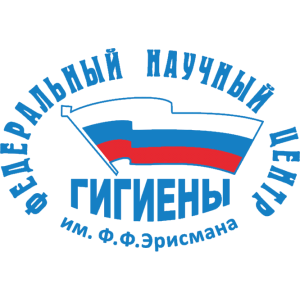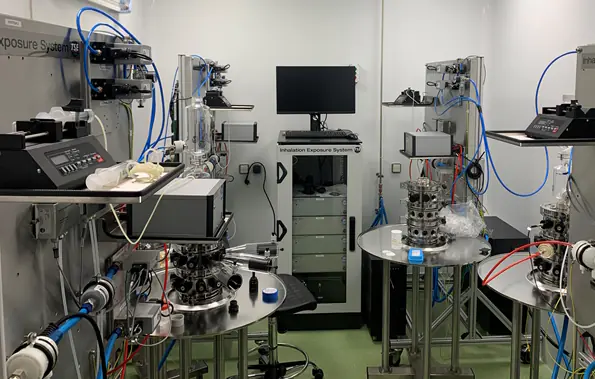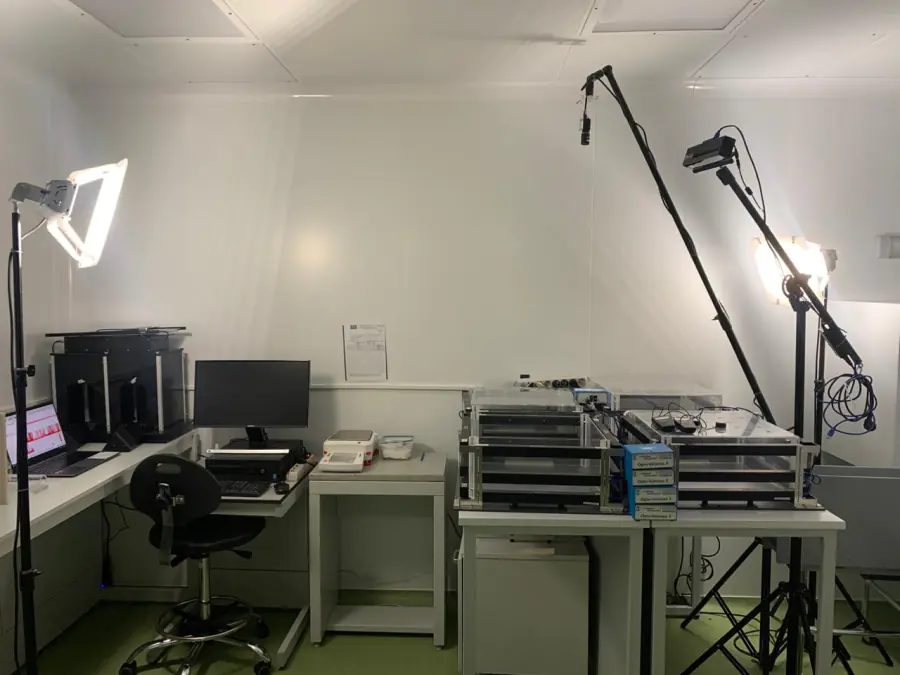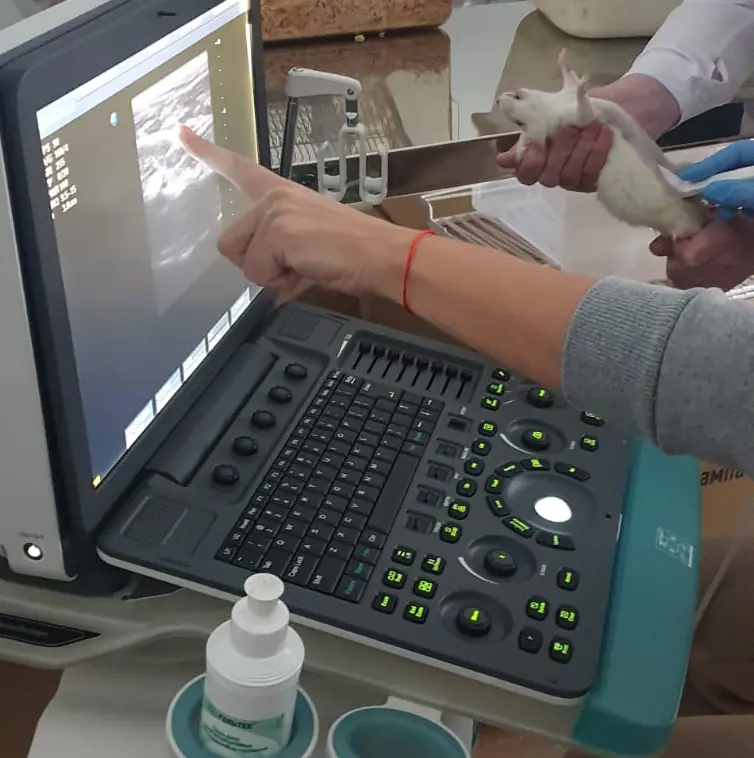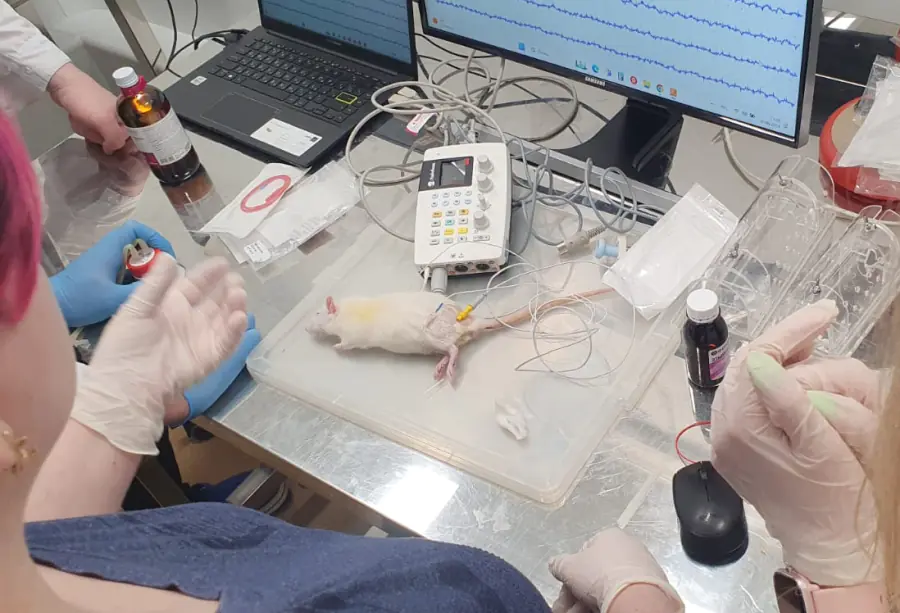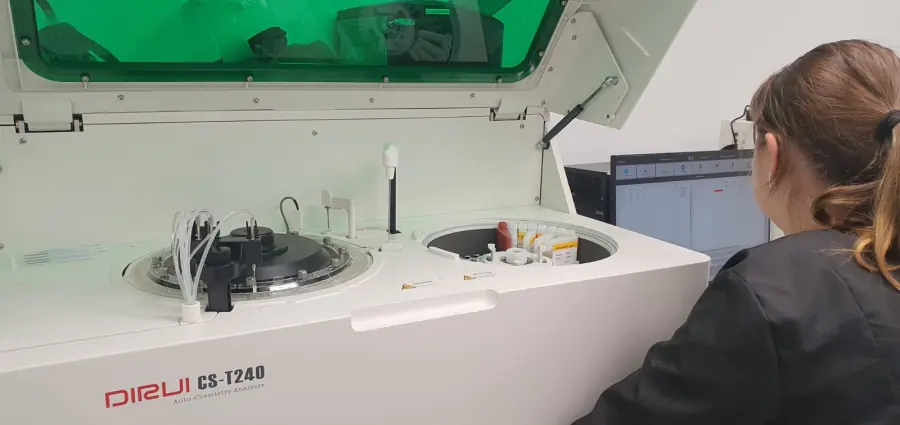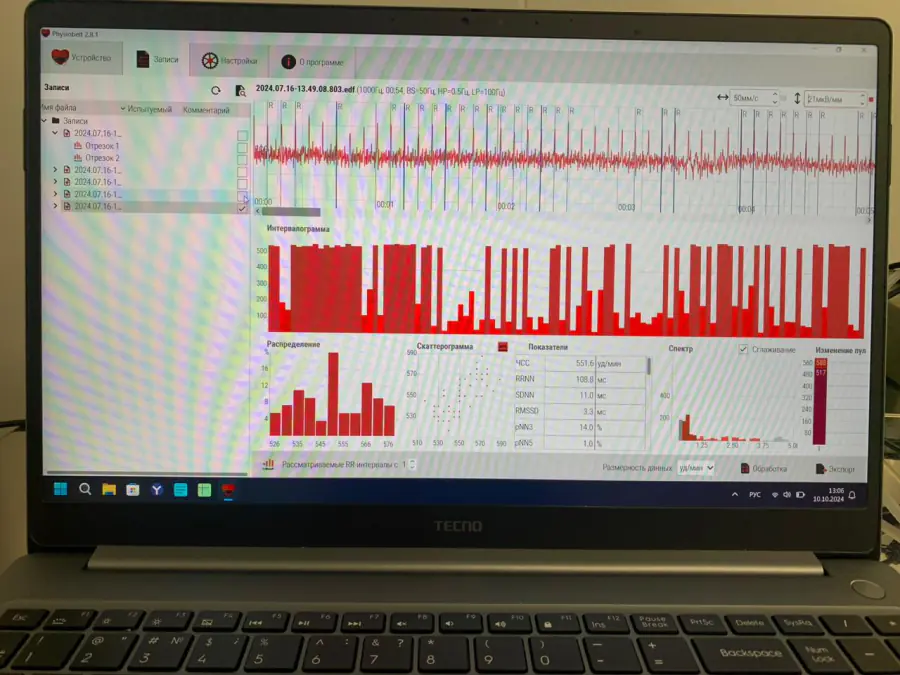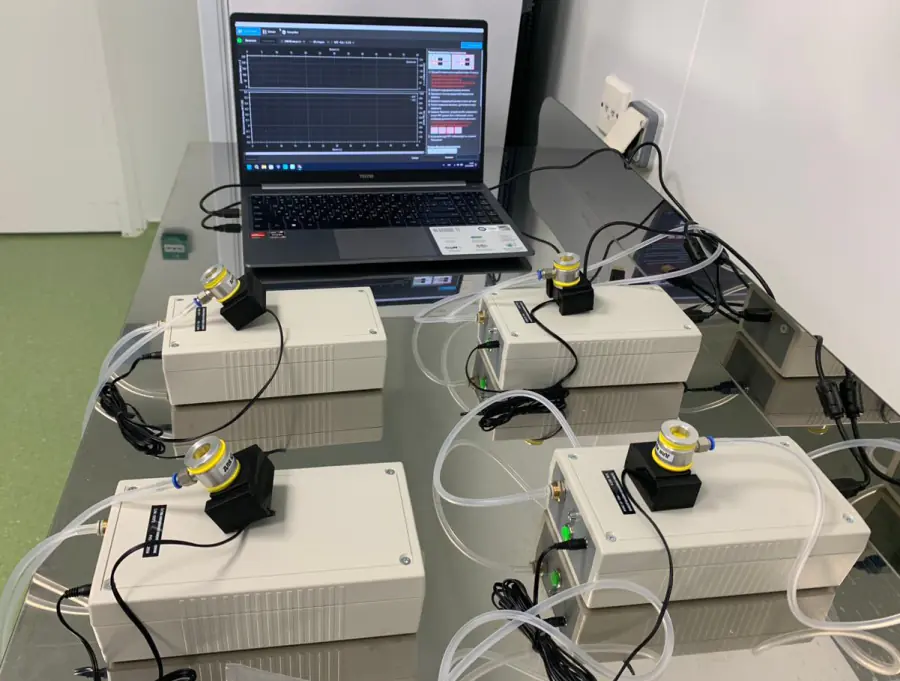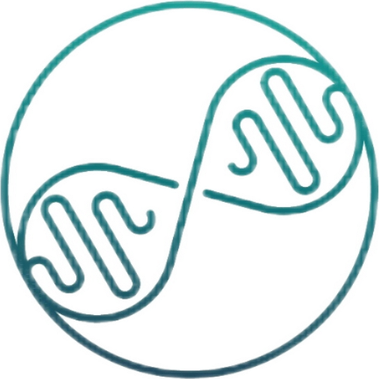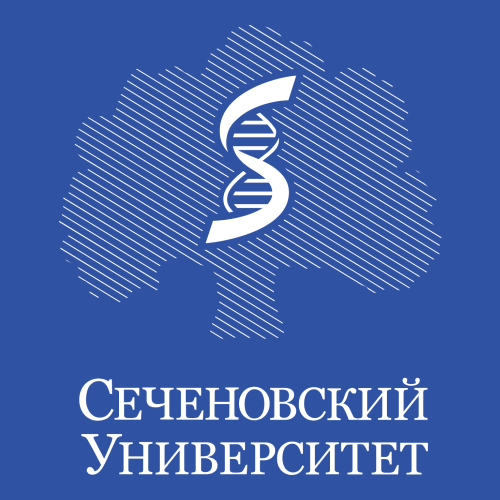Department of Inhalation Toxicology

The Department of Inhalation Toxicology as part of the Testing Laboratory Center carries out studies of various environmental objects (pesticides, agrochemicals, building materials, petroleum products, household chemicals, paint and varnish products) using modern toxicological, sanitary, chemical and physical research methods. In accordance with the program of harmonization of regulatory documents of the Customs Union with European Legislation, toxicological studies are carried out both on laboratory animals and on alternative models. The Department provides non-clinical and preclinical research. All work is carried out within the framework of the current legislation of the Russian Federation and the Customs Union, state standards, sanitary norms and rules, taking into account the latest achievements in world research practice in accordance with GOST ISO/IEC 17025 "General requirements for the competence of testing and calibration laboratories", GOST R 53434 "Principles of good laboratory practice" (GLP). The department has an accreditation certificate of the national accreditation system for compliance with the requirements of GOST R ISO/IEC 17025 and GLP. The department is equipped with modern testing and measuring equipment, automated computer systems, extensive databases on chemical safety, the staff is highly qualified and has extensive experience in their field, which together ensures high quality of research carried out in the shortest possible time. Employees of the department participate in the development of Technical regulations, GOST standards, guidelines and recommendations. The Department has a program for further development in the field of toxicological and hygienic hazard assessment of various environmental objects.
- Qualitative and quantitative assessment of the toxicity and danger of chemicals.
- Hygienic studies on the regulation of chemicals in environmental objects (air of the work area, air of the atmosphere of populated areas).
- Studies of the influence of extreme conditions, including physical exertion and climatic factors, on the development of pathological conditions and evaluation of the effectiveness of pharmacocorrection of such conditions.
- Studies of the effectiveness of drugs for the pharmacotherapy of intoxication.
- Assessment of the irritating and sensitizing effects of chemicals.
- Conducting preclinical studies of medicines.
- Reproductive toxicity (including embryonic and gonadotoxicity).
- Combined, combined and complex effects of chemicals on the body.
- Experimental modeling of intoxication, including the inhalation route of admission.
- Experimental studies of the effectiveness of antidote protection products.
- Determination of acute and chronic toxicity in animals with various routes of entry and assessment of skin-irritating, resorptive, sensitizing and irritating effects on mucous membranes, determination of cumulative effect, average lethal dose (LD-50).







